SUMMARY
This is AI generated summarization, which may have errors. For context, always refer to the full article.
The year opened with a bang, quite literally, when Taal Volcano erupted, spewing ash and rocks that covered homes, stopped commercial activities, and even halted flights.
The rest of the year happened so quickly – several areas in the Philippines were placed under lockdown, businesses were shut down, livelihoods were lost, and thousands of Filipinos were sick.
The Philippines’ location in the Pacific also it no stranger to disasters. Towards the latter part of the year, 3 strong typhoons battered the country – resulting in P10 billion worth of damage to agriculture.
All of these depleted the funds of local governments units (LGUs) – some of which are heavily reliant on the support the national government provides.
With the pandemic not going away and the threat of disasters not dissipating, how will local governments support the needs of their constituents?
Revenues hit
When several areas in the Philippines were placed under lockdown mid-March, only essential industries were allowed to continue operations. Tourism was halted indefinitely. Even the food industry had to limit its operations to deliveries.
These are on top of front line local offices that had to temporarily close down because of the coronavirus situation in their localities. LGUs had to suspend issuances of permits or extend the deadline for tax payments.
As a result, local revenues declined during the 2nd quarter.
According to data from the Bureau of Local Government Finance (BLGF), non-tax revenues were the hardest hit from April to June. These picked up in the 3rd quarter, but did not beat 2019 figures.
But what really funds LGUs’ expenditures is their tax revenues, combined with their share from national tax collections. A huge chunk of LGUs’ funds are sourced from their internal revenue allotment (IRA), which comes from national revenue taxes collected 3 years prior.
While data shows that local tax revenues performed well during the 1st and 3rd quarter of 2020, such success can only be attributed to “rich” provinces, cities, and municipalities where economic activities flourished even before the pandemic.
Some LGUs even had to sell assets this year to keep their heads above the water. For the 3 quarters of 2020, proceeds from the sale of assets reached P2.4 billion – a huge jump from the previous year’s figures.
Cash-strapped LGUs also dipped into their savings to fund coronavirus initiatives in their respective localities. (READ: Tabaco City weathers the pandemic with savings and outside help)
Most LGUs can’t do it on their own
Even if local governments strive for fiscal autonomy, majority of LGUs are still dependent on their IRA – which means that this was the main source of their annual regular income (ARI).
In 2018, over 90% of the ARI of 730 municipalities was funded by the IRA. Only 126 LGUs – 3 provinces, 40 cities, and 83 municipalities – have a higher income share than their shares from national taxes.
To put things in perspective, Itogon, a 1st class municipality in Benguet province, has a total budget of P316.27 million in 2020 for its town of over 100,000 people.
This year’s budget was heavily dependent on IRA, which funded 72.95% of its fiscal plan. (READ: Itogon, Benguet: Hardened by storms, paralyzed by the pandemic)
With a 2020 budget crafted before the pandemic, Budget Secretary Wendel Avisado knew that LGUs would find it hard to survive. “They have nothing to spend to respond to the needs of the pandemic,” said Avisado.
That’s why, he said, the national government provided a one-time grant to LGUs – amounting to a month’s worth of IRA for cities and municipalities and a half month’s worth for provincial governments. This was made possible by the special budget powers under the Bayanihan laws.
“So the [grant] from the national government is based on the knowledge and realization that the local government units cannot really just do it by themselves,” the budget chief added.
Thanks to the Bayanihan grants, local governments were able to spend more on the much needed dole outs for affected families.
1,267 of 1,476
Towns rely largely on their IRA (Over 70% dependence)
This year, LGUs were able to spend 48% more on social services.
Itogon, for example, used all of its P19.19-million Bayanihan grant to purchase rice. Valenzuela City, as well as Tabaco City in Albay, used the funds for relief packs.
Understandably, health expenditures also increased in 2020, but not as much as social welfare spending. LGUs with the money to spare had set up their own quarantine facilities.
But only the richer LGUs were able to provide free testing for their constituents. In the case of Valenzuela City, it allowed people who work in the city – even though they were not residents – to avail of the free testing initiative. (READ: ‘A chorus of funds’ sustains Valenzuela City’s COVID-19 mass testing)
The destruction left by strong typhoons toward the latter part of the year had LGUs asking the national government for help. The National Disaster Risk Reduction Fund (NDRRMF) was tapped to provide LGUs financial aid.
Catanduanes, where Super Typhoon Rolly (Goni) made land fall, received P147.3 million from the NDRRMF.
By the time Typhoon Ulysses struck the country – submerging several areas under floods – even the rich cities had to ask for financial aid from the national government. Metro Manila LGUs received a total of P75 million in assistance.
Overall, the Department of Budget and Management (DBM) released P3 billion in aid for areas affected by typhoons Quinta, Rolly, and Ulysses.
Private groups also donated cash and relief packs to LGUs.
Funding support needed
But what about the coming year?
While next year’s budget bill allots a higher IRA at 7.18% more than this year, BLGF expects local tax collections to decline in 2021 as the economy continues to reel from the effects of the pandemic.
BLGF lowered expectations next year, setting P102.1 billion as target. The figure is about half of the expected collections for 2020.
With nothing much to spare, IRA-reliant LGUs like Itogon will find it hard to provide for their constituents’ needs next year, budget watchdog iLead executive director Zy-za Suzara told Rappler.
“Municipalities – especially those under 3rd to 6th income classes – will definitely have problems funding their pandemic response. Their sources of funds are just enough to cover the regular fiscal year, not one that is in the middle of a pandemic,” Suzara said, referring to incomes below P45 million annually.
Suzara pointed out that some LGUs have yet to recover from the disasters of the previous years, not to mention the impact of typhoons or earthquakes that could strike in the future.
“Their budgets will not be able to handle rehabilitation efforts. Local executives have no choice but to seek for an adequate national government assistance,” she said.
Under the 2021 General Appropriations Bill, Congress approved a P20-billion budget for the NDRRMF. This amount is higher than what the DBM originally proposed at P16 billion.
When this fund gets depleted, the national government will still have P13 billion under the contingent fund. The last resort is to ask Congress for a supplemental budget, but this has never happened under the Duterte administration so far.
Still, Suzara said that a series of approvals are still needed to be able to access the NDRRMF.
She also pointed out that the little funding expected under the Local Government Support Fund – which used to aid health, education, and other LGU projects – had to become an anti-communist fund. (READ: The generals’ pork? Duterte eyes P16.4-B fund for anti-communist task force)
“The fiscal space is really limited. The questionable priorities in the 2021 national budget had already limited its scope. When you add the needs of the LGUs, it becomes even narrower,” Suzara said.
“Imagine, the DPWH (Department of Public Works and Highways) has a budget of almost P700 billion. If the lawmakers had only decided to put that P30-billion increase in other front line agencies, then it would have helped the local governments,” she added.
Suzara also doubted LGUs will obtain more loans to support their constituents because of expected lower revenues, unless push comes to shove.
As of the 3rd quarter of 2020, total borrowings for all LGUs reached P6.5 billion, lower than 2019’s P14.33 billion.
‘LGUs need to be creative’
For the budget chief, the national government can only do so much in helping local executives with their fiscal plans.
“They (LGUs) really have to do prioritization. What are the more important items and those that can be really put aside in the meantime because COVID-19 is here to stay?” Avisado told Rappler.
“At the DBM, we envision LGUs to be more innovative, resourceful, and creative in their initiatives to adjust to the current situation, instead of having them do the conventional way of planning,” he added.
Avisado defended the national policy of putting infrastructure projects front and center because these could provide employment in the short-term and bring about economic gains in the long-term.
“The best way for the national government is to implement labor-intensive projects so people can have the opportunity to earn. Infrastructure is the name of the game,” he said.
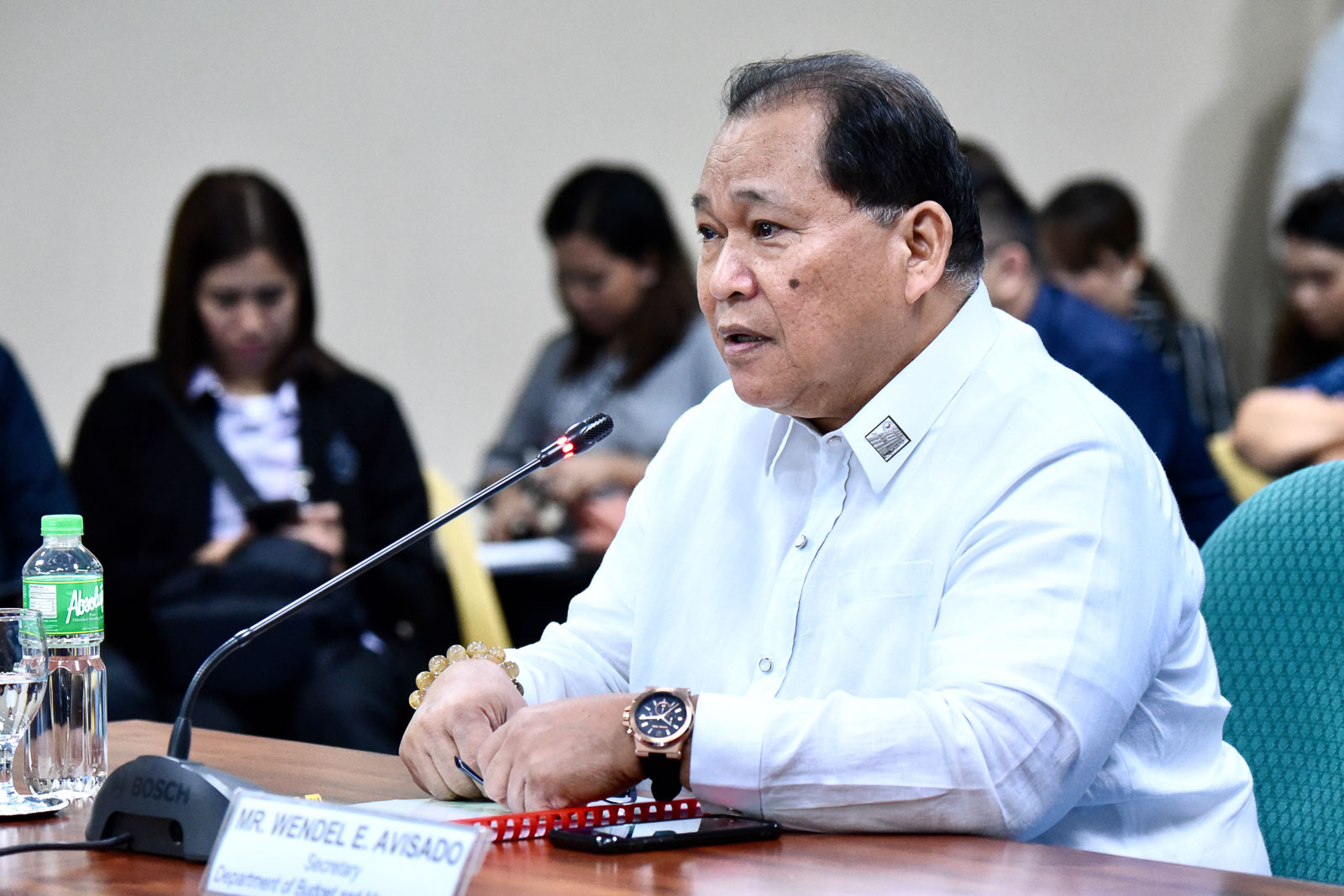
Avisado even suggested that LGUs should also start opening up their borders and build consumer confidence with the help of the private sector.
“It’s really just a matter of us being resilient in the case of all these challenges and trust each others’ capability. Because the [national] government is doing everything it can just to assure the people we are ready to open up,” he said.
Under the 2021 national budget, at least P72.5 billion was appropriated for vaccines. Despite the government pinning all of its hopes on vaccines, P70 billion of the amount for them was placed under the unprogrammed fund.
The unprogrammed fund can be tapped only if excess revenues or a new source of financing – such as loans – are identified.
“The plan really was to loan it out from domestic and foreign lenders. We have a good credit rating. Let’s put it into good use,” Avisado said.
Given all the talk about vaccines, the national government is expected to further ease restrictions next year.
But for local governments, 2021 will be a tough year, protecting people’s welfare while having nothing much to rely on. – Rappler.com
All quotes were translated into English.
Add a comment
How does this make you feel?
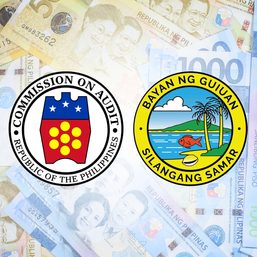
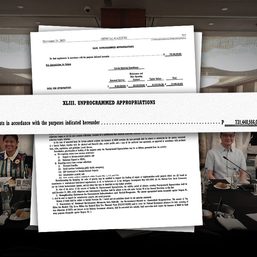
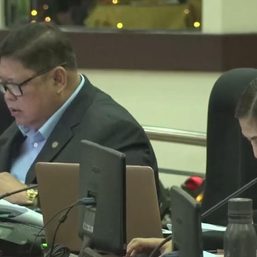

![[Under 3 minutes] Did DepEd waste P3-B worth of learning materials?](https://www.rappler.com/tachyon/2023/12/titlecard-ls.jpg?resize=257%2C257&crop=415px%2C0px%2C1080px%2C1080px)

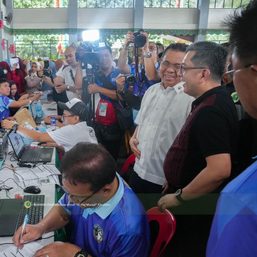
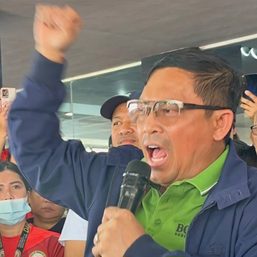
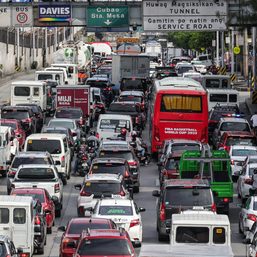




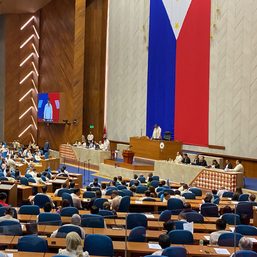

There are no comments yet. Add your comment to start the conversation.